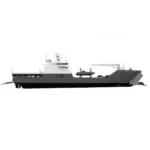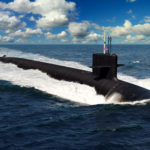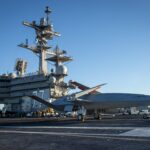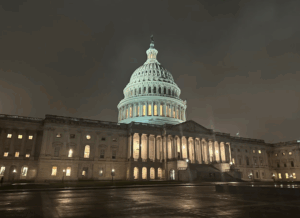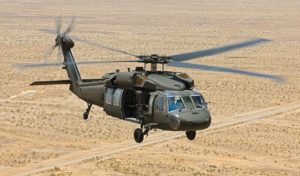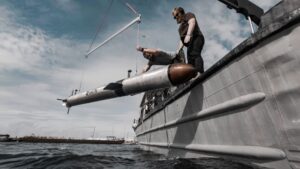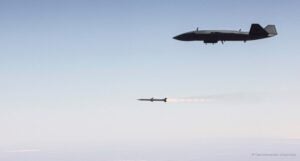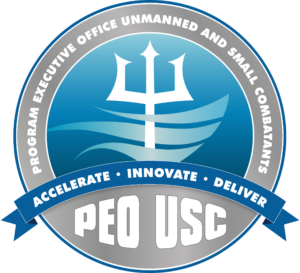
The Navy recently published a Request For Information (RFI) seeking industry information on technologies related to long endurance small unmanned surface vessels (LE sUSVs). “The Government wants to understand the market space and potentially work with vendors to close identified gaps for a rapid fielding Middle Tier Acquisition (MTA),” the notice, published under an undated timeline on June 6, said. The notice was published by Naval Surface Warfare Center, Panama City Division, Fla. It specifically falls under Program Executive Office…

 By
By 